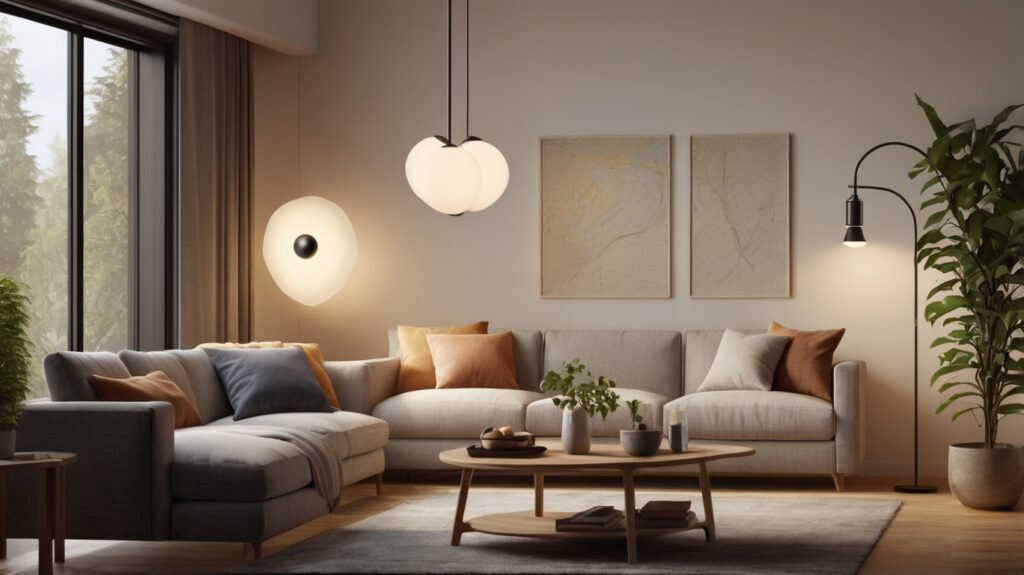Table of Contents
- Introduction
- What Are Automated Lights?
- How Do Smart Bulbs and Switches Work?
- Key Benefits of Automated Lighting
- Setting Up Automated Lights
- Conclusion
- FAQs
Introduction
Automated lighting systems, including smart bulbs and smart switches, revolutionize home illumination by allowing remote control via apps, voice assistants (like Alexa or Google Assistant), or preset schedules. These innovations enhance convenience, energy efficiency, and security while seamlessly integrating with modern smart homes.

What Are Automated Lights?
Automated lights are lighting solutions that can be controlled without manual switches. They rely on:
- Smart bulbs (Wi-Fi/Bluetooth-enabled LED bulbs)
- Smart switches (replace traditional switches with connected alternatives)
- Hub-based systems (for centralized control)
These devices enable adjustments via mobile apps, voice commands, or automation schedules.
How Do Smart Bulbs and Switches Work?
1. Smart Bulbs
- Connect via Wi-Fi, Bluetooth, or Zigbee.
- Adjust brightness, color, and scheduling through an app.
- Compatible with Alexa, Google Assistant, and Siri for voice control.
2. Smart Switches
- Replace existing wall switches.
- Control multiple lights at once.
- Often require a neutral wire for installation.
Both options allow remote access, geofencing, and integration with other smart devices.
Key Benefits of Automated Lighting
| Feature | Benefit |
|---|---|
| App Control | Adjust lights from anywhere via smartphone. |
| Voice Commands | Hands-free operation with Alexa/Google Assistant. |
| Scheduled Lighting | Automate lights to turn on/off at set times. |
| Energy Savings | Reduce electricity usage with motion sensors and timers. |
| Enhanced Security | Simulate presence at home with randomized lighting. |
Setting Up Automated Lights
- Choose the Right Device (bulb vs. switch).
- Installation (screw in bulbs or wire switches).
- Connect to Wi-Fi/Hub.
- Configure via App (set schedules, scenes, and voice controls).
- Integrate with Smart Home Systems (e.g., Apple HomeKit, SmartThings).
Conclusion
Automated lighting with smart bulbs and switches offers unmatched convenience, efficiency, and security. Whether through app control, voice commands, or scheduling, these systems make homes smarter and more responsive.
FAQs
1. Do smart bulbs work without Wi-Fi?
Some function via Bluetooth, but full remote access requires Wi-Fi.
2. Can I use smart switches with dimmable bulbs?
Yes, but ensure compatibility between the switch and bulb.
3. Are automated lights energy-efficient?
Yes, LED-based smart bulbs consume less power than traditional bulbs.
4. Do smart bulbs work with existing light fixtures?
Most fit standard sockets (E26/E27).
5. Can I control lights when away from home?
Yes, with cloud-connected systems.